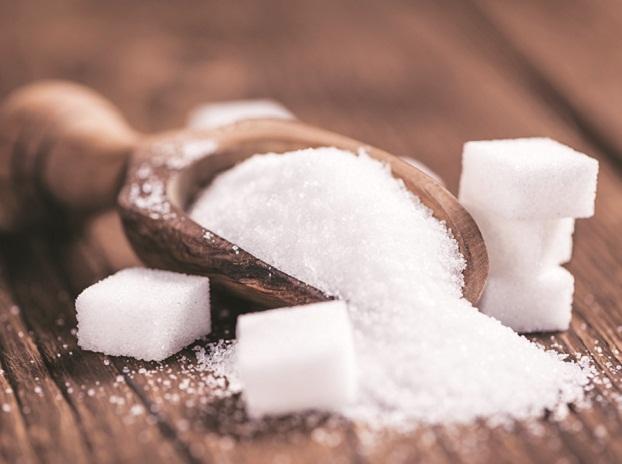Desde hace más de 10 años, Gino Biotech es uno de los principales proveedores de hidrocoloides alimentarios. Con nuestra variedad de gomas y estabilizantes de origen vegetal, podemos crear soluciones de hidrocoloides a medida perfectamente adaptadas a las necesidades de nuestros clientes. LEER MÁS
¿Cómo afecta la sacarosa a las propiedades gelificantes del agar?
Facebook
Twitter
LinkedIn

【Resumen】
Agar is insoluble in cold water and soluble in hot water. It is a hydrocolloid extracted from algae such as Geldium and Gracilaria.
Adding different concentrations of Sucrose can increase the gel strength of Agar Agar, and the optimal use level of sucrose is 1.5%~16.0%. Exceed or below, the gel strength will decrease.
Agar Agar is a hydrocolloid obtained by extracting algae such as Geldium and Gracilaria from Pretreatment with alkali solution, water washing, boiling with a weakly acidic solution, filtering to remove impurities, solidification, dehydration, drying, and grinding.
Agar Agar is insoluble in cold water and soluble in hot water. It has unique industrial importance. It can form a fairly stable gel even at as low as 1%. It is a necessary raw material for the food industry, chemical industry, and medical research. If used in food production, it could not only change the texture of the food, but also improve the quality of the food. In addition, Agar Agar can also be used to make laxatives or other appetite-suppressing products.
BUT, How does Sucrose affect the gelling properties of Agar Agar?
Sucrose, also "Sugar", a disaccharide, which is formed by condensation and dehydration of a hemiacetal hydroxyl group of glucose and a hemiacetal hydroxyl group of fructose. Sucrose is sweet, odorless, soluble in water and glycerin, and slightly soluble in alcohol.
Now, let’s keep the concentration of Agar Agar at 1.5%, and test the effect on gel strength by adding different concentrations of sucrose.
The addition of sucrose has a significant effect on increasing the gel strength of the Agar Agar. When added in a small amount (less than 1.5%), the gel strength of the agar is slightly decreased. ↓
However, in the range of 1.5% to 16.0%, the gel strength increased rapidly with the increase of sucrose concentration, and reached the maximum value, and the strength increased by about 37%. ↑
As the sucrose concentration continues to increase, the gel strength of the Agar Agar gradually decreases. ↓
Then what about the effect of water retention performance?
It is very interesting that the water holding capacity of Agar Agar is significantly improved.
And you may also ask what about the effect of viscosity and transparency?
In the concentration range of 0~10%, the viscoelasticity is basically unchanged, and the transparency has an increasing trend.
WHY?
The addition of a small amount of sucrose molecules hinders the cross-linking of the Agar Agar molecules, resulting in a weakening of the network structure, so the gel strength of Agar Agar is slightly reduced;
With the increase of concentration of sucrose, the hydration of the sucrose molecule itself is significantly enhanced, so that the free water in the gel is reduced, and the gel network is tightly bound, so the gel strength of Agar Agar is enhanced;
When the sucrose concentration continues to increase, the Agar Agar gel is affected by the non-gelling sucrose molecule, and the gel strength decreases again.
Acerca de Gino Biotech

Somos una empresa biotecnológica especializada en la investigación, desarrollo y comercialización de aditivos alimentarios innovadores y tecnológicos hidrocoloides Agar Agar, Carragenina y Soluciones de estabilizadores a medida.
Gracias a nuestros amplios conocimientos y experiencia en la investigación, aplicación y uso de hidrocoloides, podemos ofrecer un servicio integral. soluciones personalizadas perfectamente adaptados a las necesidades de nuestros clientes.
Nuestra productos cubren las necesidades de los sectores cárnico, lácteo, panadero, pastelero y otros sectores industriales.
Póngase en contacto con nuestro representante de ventas para obtener más información.





